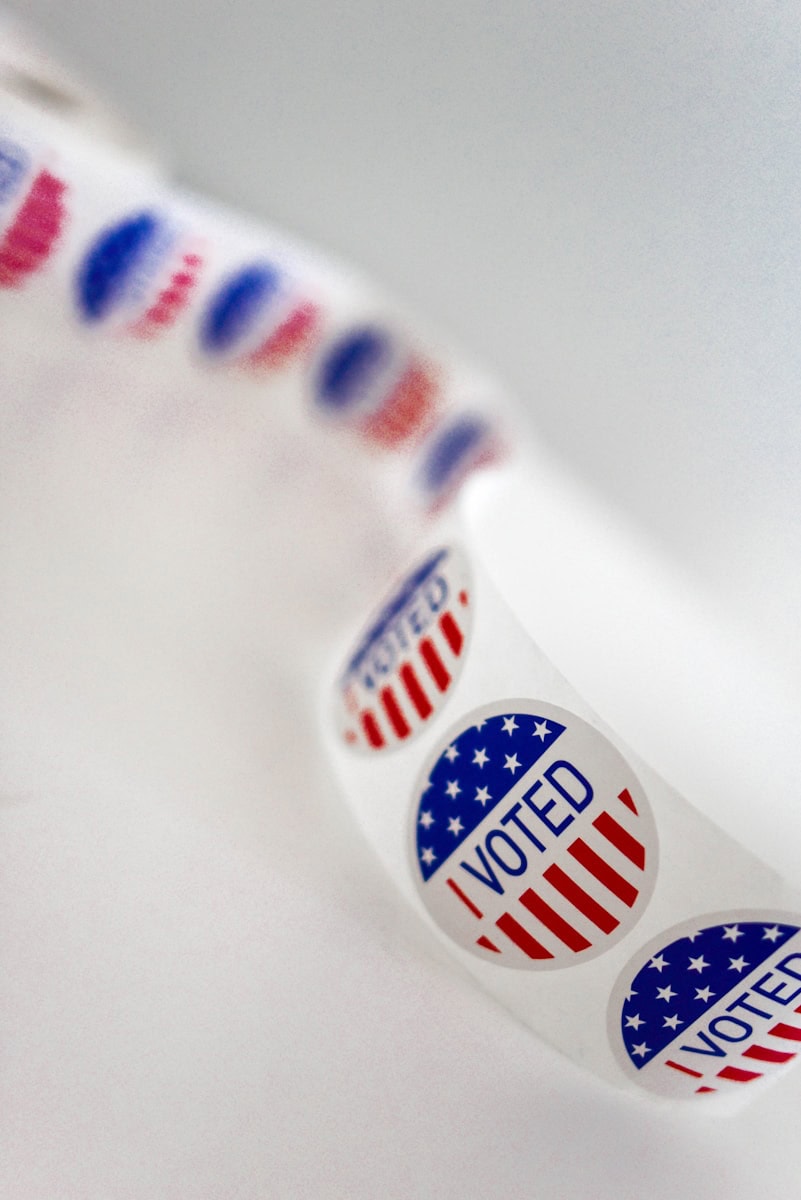Kentucky’s 2007 lawsuit against Purdue Pharma marked a major turn in the opioid crisis. It was the first time a member of the Sackler family, who owned Purdue, was deposed about the company’s role in the opioid epidemic. Because the judge unsealed the court documents, public outrage soared, and other potential plaintiffs against Purdue across the country gained access to the case’s evidence. But a new study in the Strategic Management Journal finds that the case dissuaded only Purdue’s opioid marketing. Promotion of opioids by competing drug companies actually increased.
“Despite growing scrutiny around the prescription opioid industry’s role in the opioid epidemic, the prospect of capturing profit from Purdue appeared to outweigh any heightened fear of litigation among competing drug companies,” says David Tan, an associate professor of management at the University of Washington and co-author of the study. “Rather than serve as a warning to the rest of the industry, the case created an opportunity for competitors by weakening Purdue’s marketing grasp over its lucrative OxyContin prescribers.”
Tan and co-author Nicole V. West, an assistant professor at the University of Texas, Dallas, found evidence that, following the lawsuit’s settlement in December 2015, Purdue’s competitors intensified promotional spending specifically targeted at OxyContin prescribers and prescribers previously targeted by Purdue sales representatives . The authors cross-referenced data on prescribing behavior from more than 670,000 physicians found in the CMS Part D Prescriber database with data from Open Payments, which tracks payments to physicians for drug promotion. From 2014 to 2015, Purdue spent $1.5 million on food and beverage to promote OxyContin during sales representative visits to prescribers. In the two years following the settlement, that dropped to $54,000. By contrast, their competitors increased spending from $911,000 to $2.4 million, a 160% increase.
“After Purdue decreased its promotion of OxyContin, other firms increased their promotion of competing opioids, despite the increased stigma around OxyContin marketing as an alleged driver of the opioid epidemic,” West says.
The authors used the CMS Part D Prescriber database’s measure for patients’ underlying health to rule out an increase in promotion due to legitimate opioid needs. They used CDC data on opioid-related overdoses to see if Purdue’s competitors limited their opioid promotion to counties where the opioid epidemic was less severe or where prescription opioids were less responsible for opioid overdoses.
“The significant increase in competitors’ promotion of opioids wasn’t merely a byproduct of targeting physicians who prescribed more expensive drugs, more brand name drugs, or more opioids in general,” Tan says. “Competitors did not attempt to distance themselves from Purdue’s OxyContin promotion or its association with communities suffering from the opioid epidemic.”
The study demonstrates a clear exception to decades of research and real-world evidence showing that protests, boycotts, and lawsuits against companies using questionable business practices can spark industry-wide changes. The authors posit that the nature of competition in the opioid market created a revenue opportunity that made the reward worth the risk. Yet the example sets an ominous precedent for regulating bad business behavior.
The Strategic Management Journal, published by the Strategic Management Society, is the world’s leading mass impact journal for research in strategic management.



